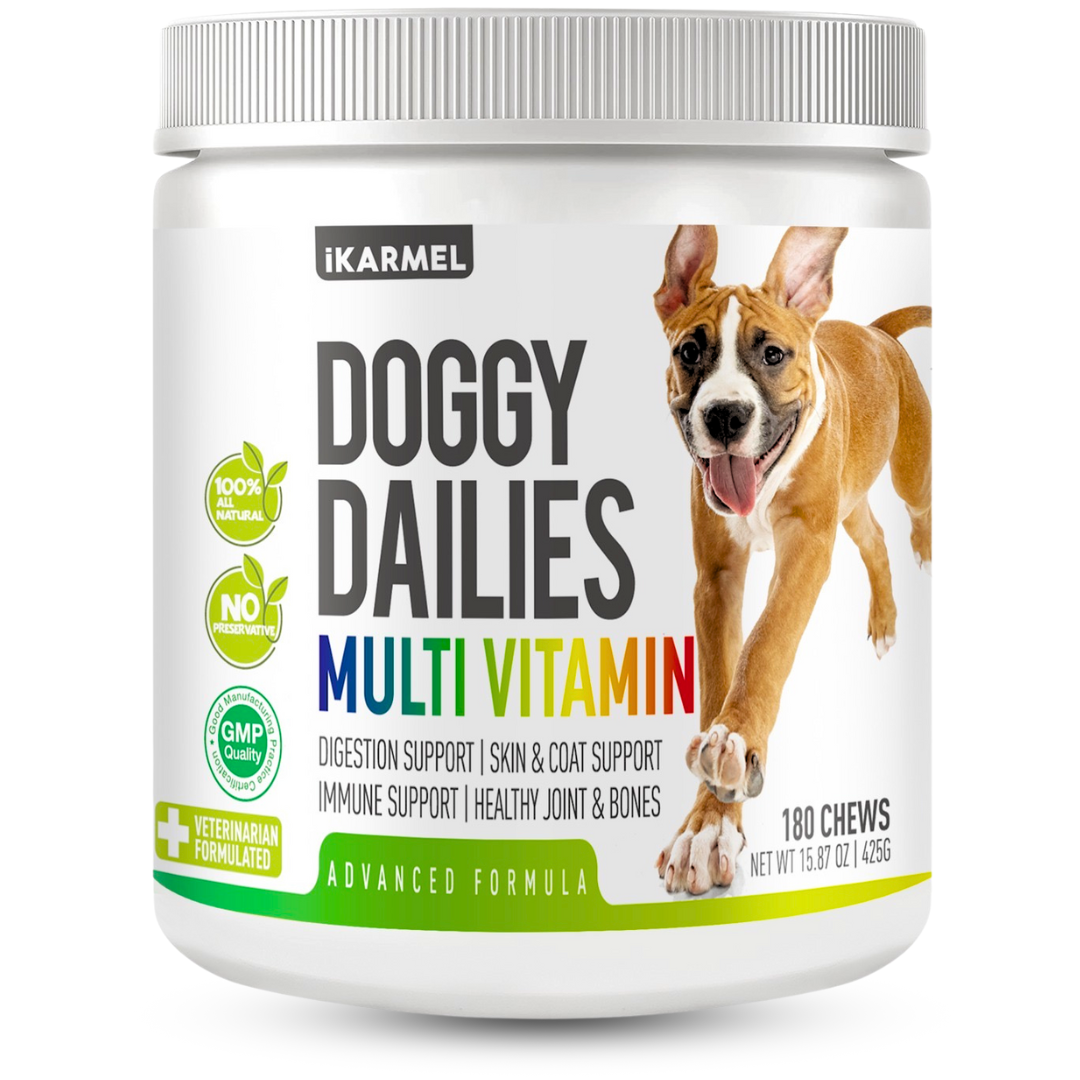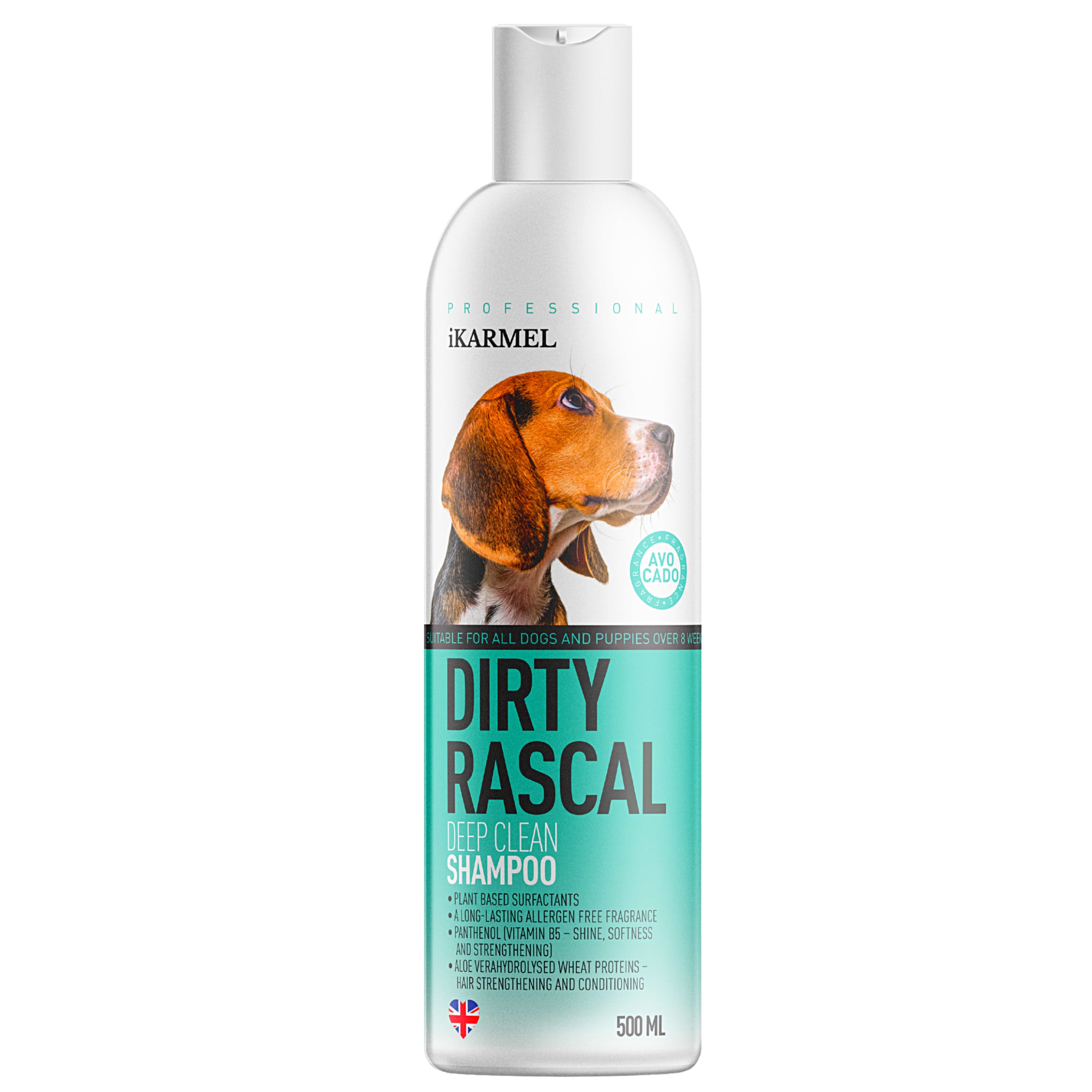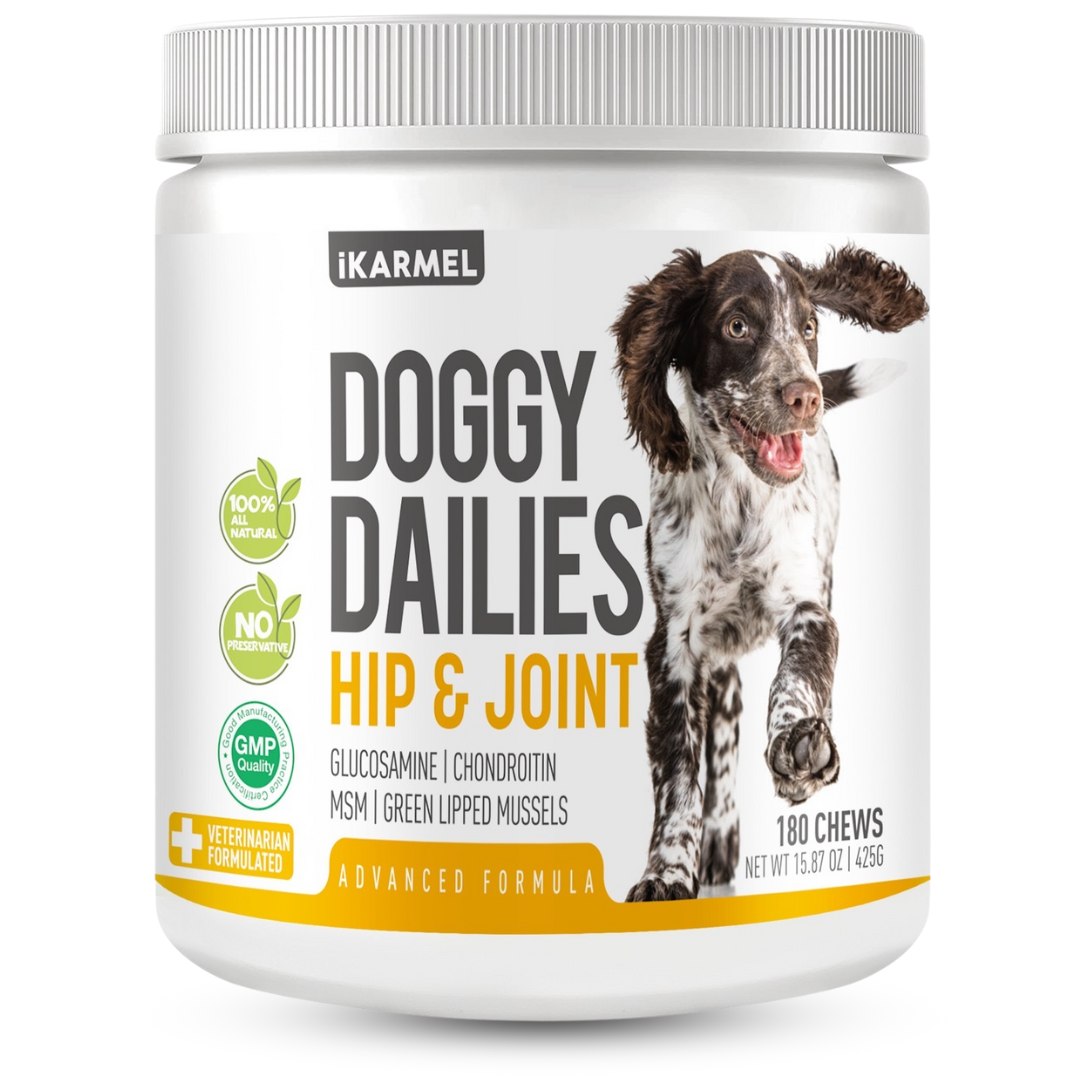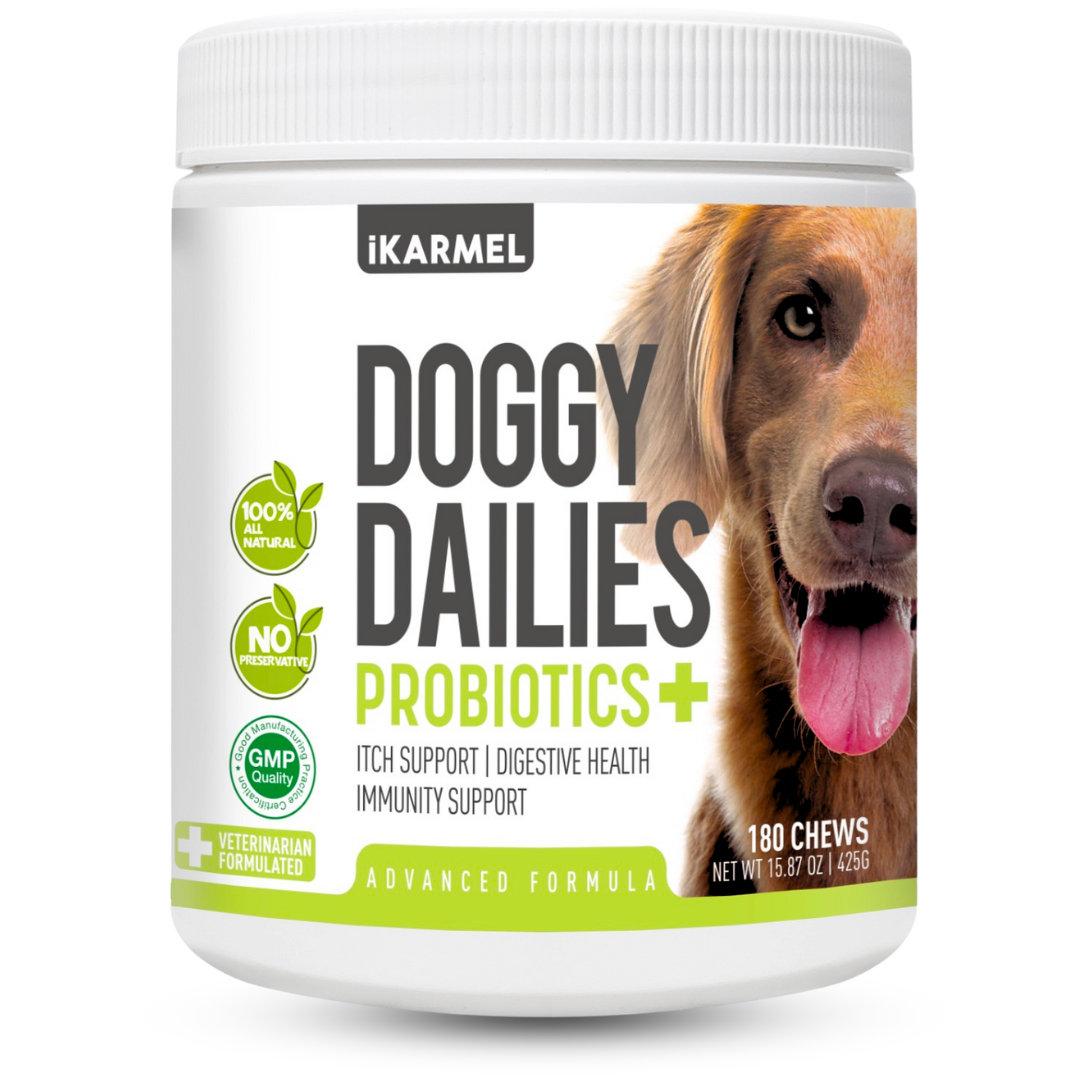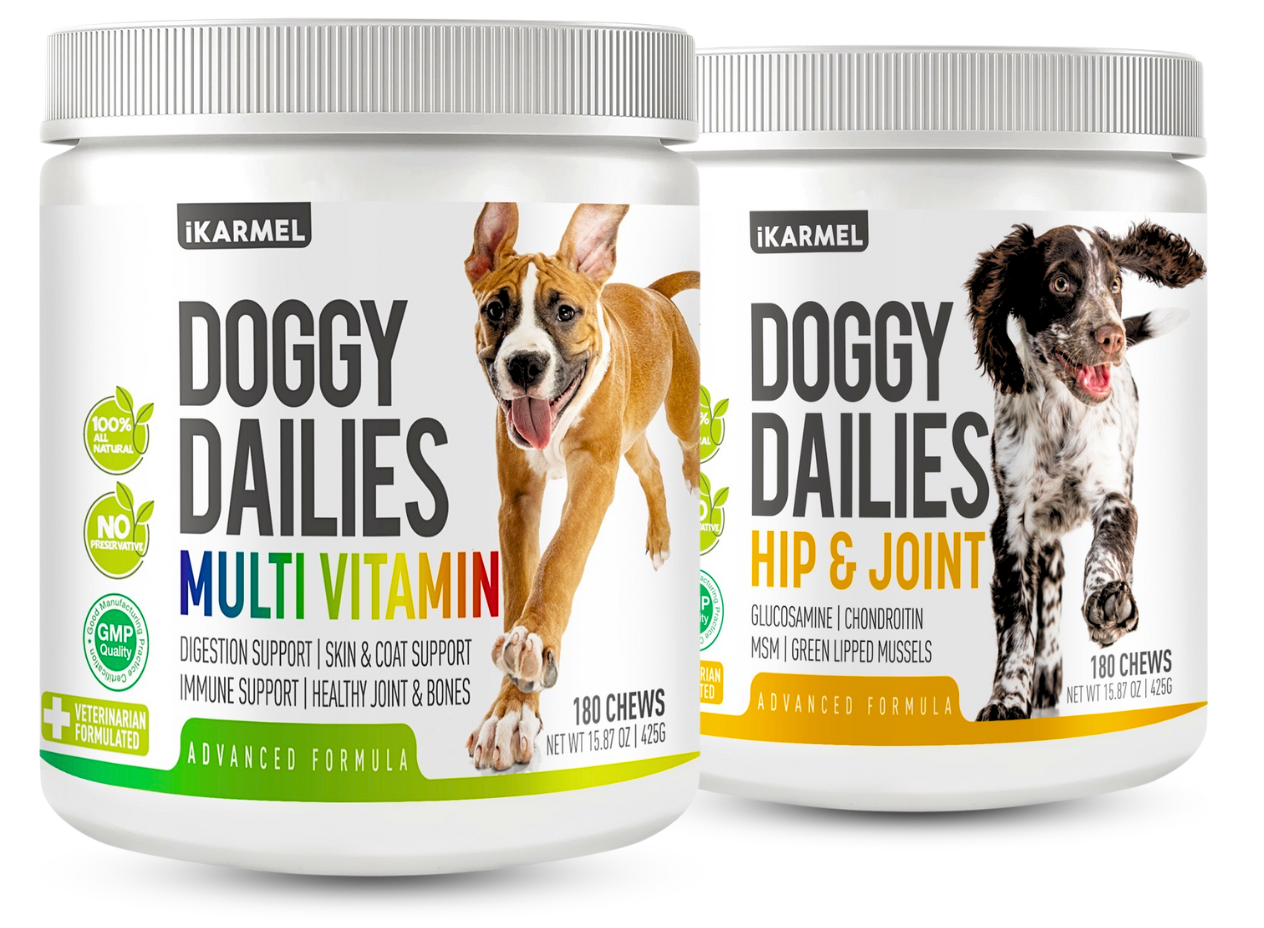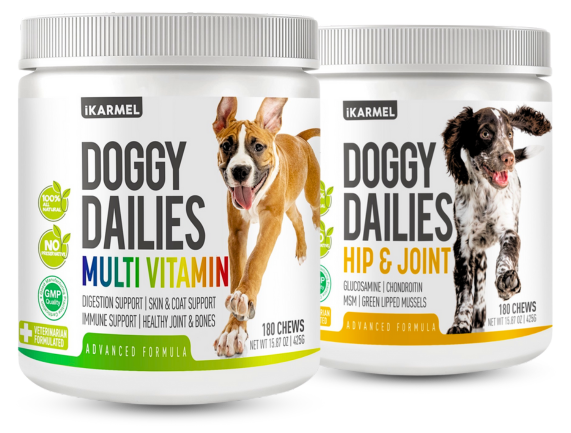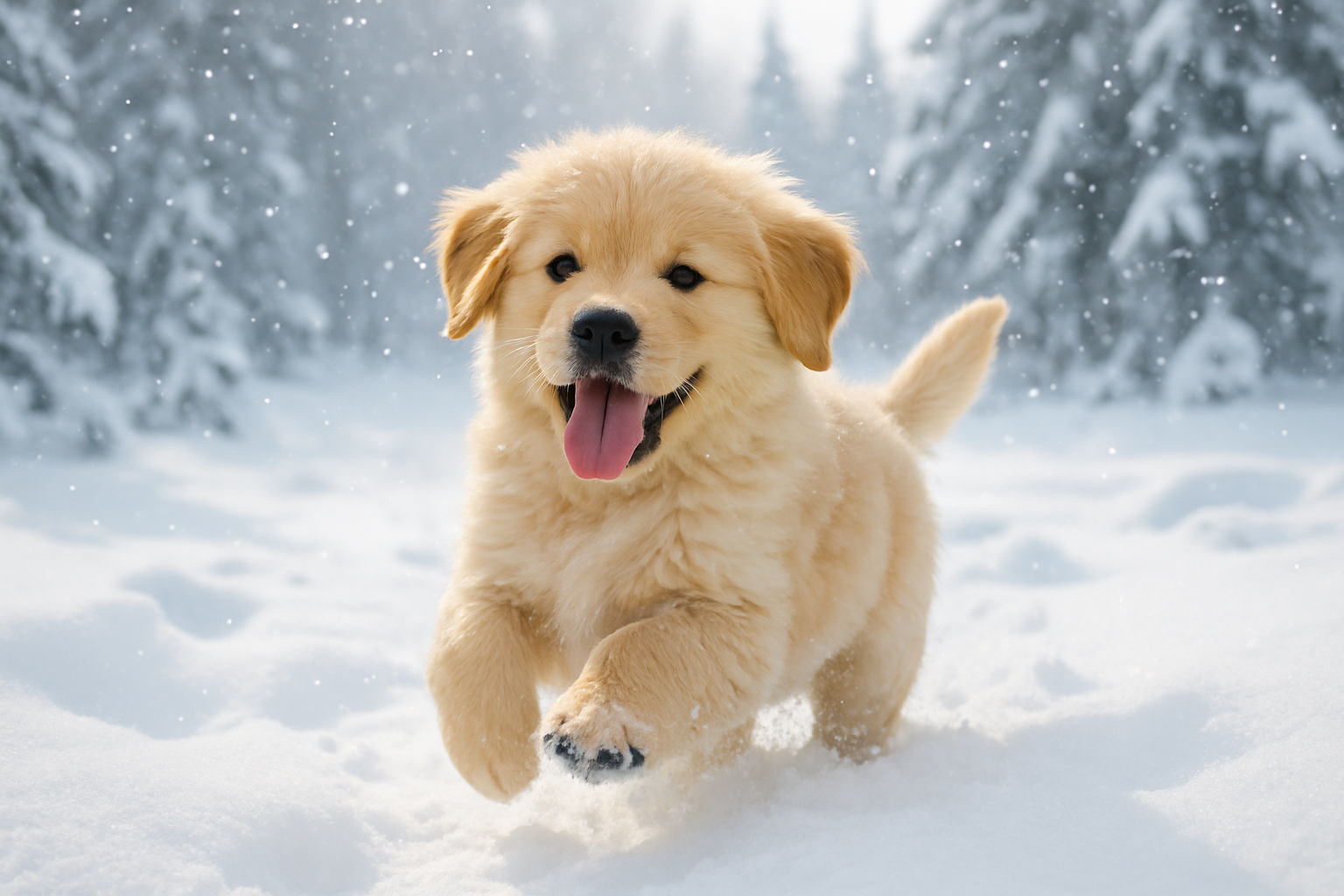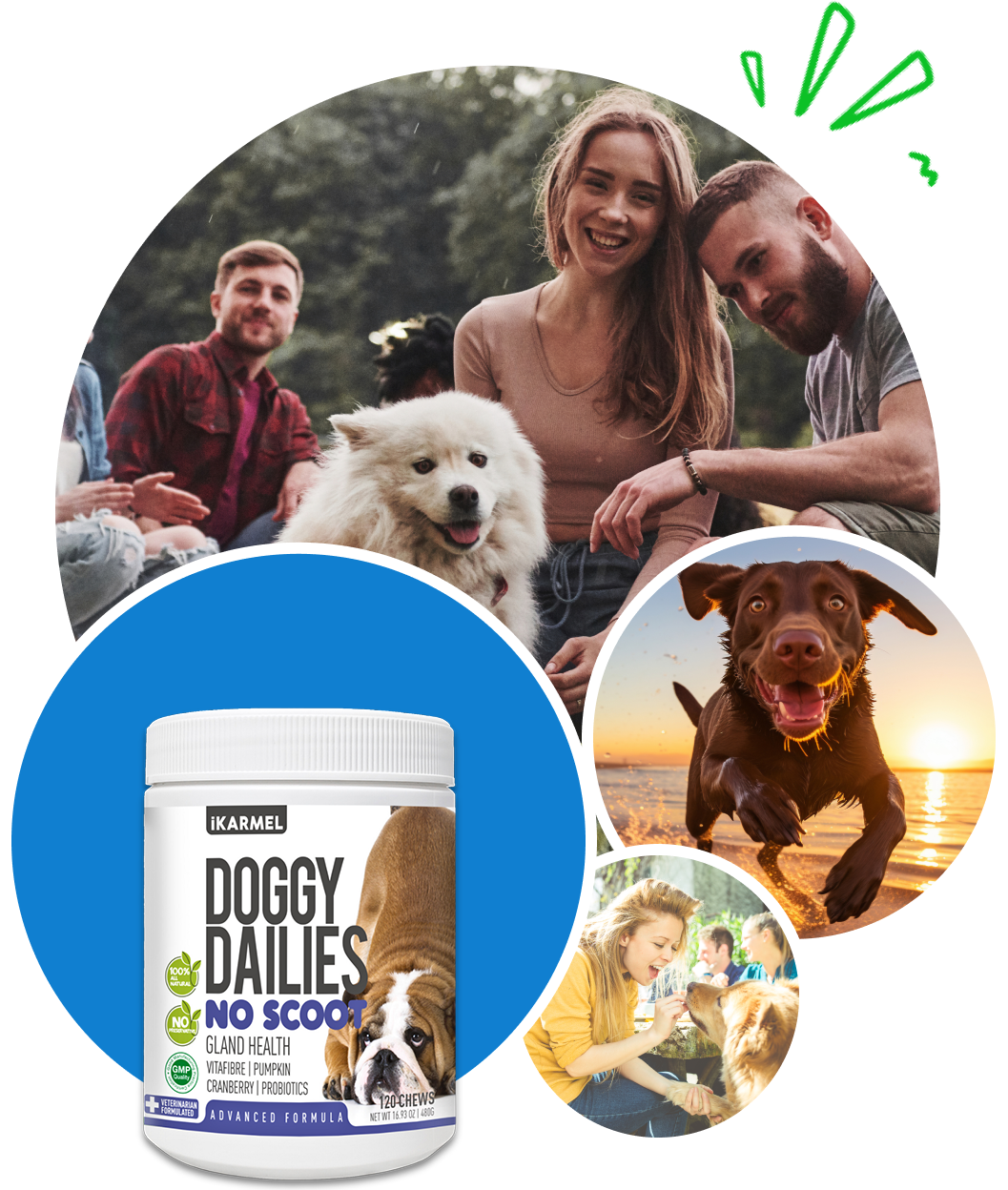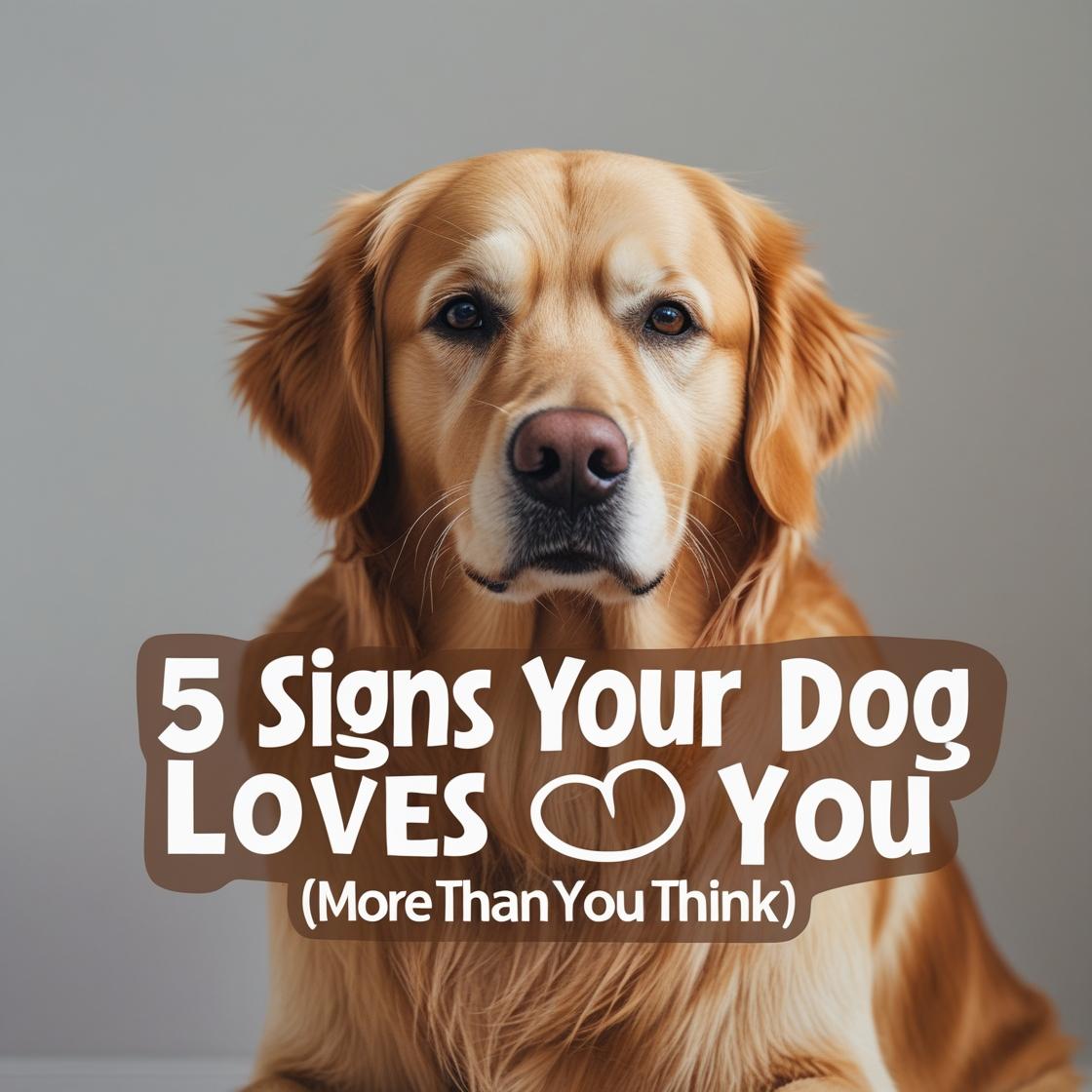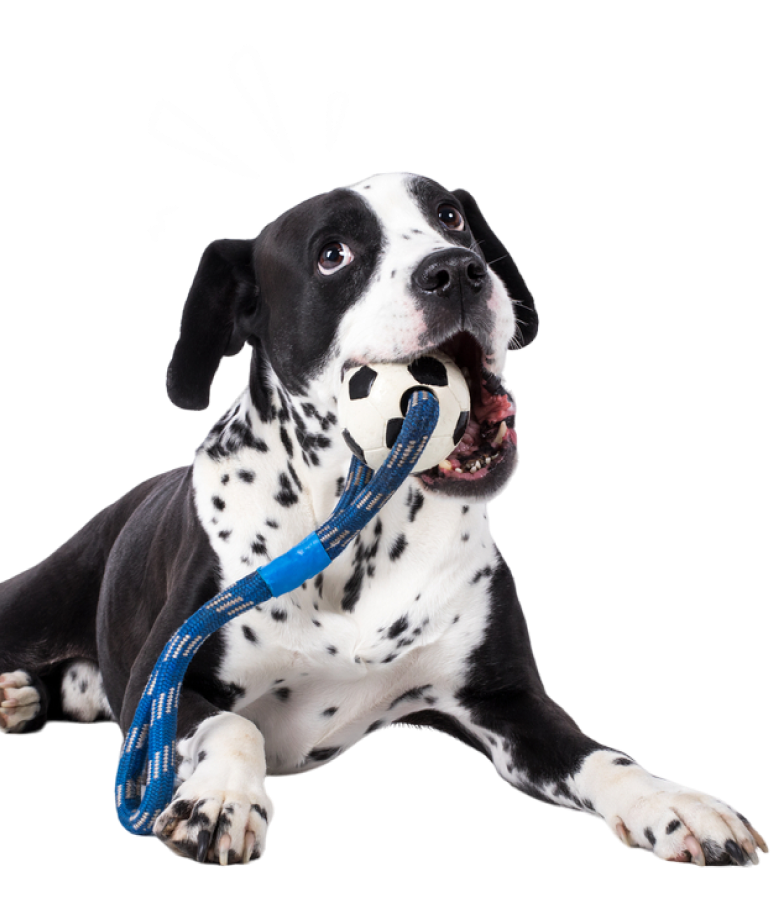How to Help Your Dog Lose Weight
Is your furry friend looking a bit rounder than they should? Just like us, dogs can struggle with weight gain, but thankfully, supporting a dog toward a healthier weight is completely achievable—with the right steps. Not only will your pet feel better, but you'll also significantly enhance their quality of life and potentially extend their lifespan.
This guide will walk dog owners through everything they need to know about identifying overweight pets, setting weight loss goals, and implementing sustainable strategies to shed those extra pounds.
Why a Healthy Weight Matters for Dogs
Carrying extra weight puts unnecessary stress on a dog’s body, leading to long-term negative effects, such as:
- Joint issues like arthritis
- Difficulty breathing
- Increased risk of diabetes and heart disease
- Decreased energy levels
- Shorter lifespan
Maintaining a healthy weight isn’t just about keeping your dog active; it’s about prioritising their health, well-being, and happiness.

How to Tell if Your Dog is Overweight
Before jumping into weight-loss strategies, it’s important to assess whether your dog is overweight.
Signs Your Dog Might Be Overweight
- No Visible Waist: When looking down at your dog from above, you should see a slight inward curve at the waist.
- Can’t Feel Ribs Easily: You should be able to feel your dog’s ribs without needing to press too hard.
- Potbelly Appearance: A round, bulging tummy indicates increased fat storage.
- Laboured Breathing After Light Activity: If your dog gets tired quickly or pants excessively, it could signal weight-related challenges.
When in doubt, consult your vet. They can provide a professional assessment and recommend a target weight for your pup.

6 Steps to Help Your Dog Lose Weight
Step 1: Consult Your Vet
Before making changes to your dog’s diet or activity levels, book a vet visit. They’ll:
- Rule out medical conditions that could cause weight gain.
- Help determine how much weight your dog needs to lose.
- Recommend specific weight-loss diets or calorie-controlled foods.
Step 2: Adjust Their Diet
Diet plays the most critical role in doggy weight loss.
- Portion Control: Measure your dog’s food precisely. Avoid overfilling the bowl, as even small overfeeds can add up.
- Choose Low-Calorie Food: Consider switching to a light or weight-management formula recommended by your vet.
- Healthy Treats: Swap high-calorie treats for alternatives like carrot sticks, cucumber slices, or pieces of apple. Treats should never account for more than 10% of your dog’s daily calorie intake.
Pro Tip: Track every morsel using a feeding diary. This includes table scraps, as they add hidden calories.
Step 3: Create a Feeding Schedule
Sticking to consistent mealtimes helps regulate your dog’s metabolism and gives structure to their day.
- Feed two to three small meals instead of one large meal.
- Avoid free-feeding (leaving food out all day).
Step 4: Increase Exercise Gradually
Exercise complements a healthy diet in helping your dog shed pounds. Start small and gradually increase intensity.
- Daily Walks: Add an extra 10–15 minutes to your regular walks.
- Active Play: Play fetch or tug-of-war to make exercise more fun.
- Interactive Toys: Puzzle feeders or “buster cubes” can mentally stimulate your dog while keeping them moving.
Note: For older or less actively mobile dogs, consult a vet before introducing challenging physical activities.
Step 5: Limit Begging and Table Scraps
Dogs are experts at puppy-dog eyes, but giving in to this habit sabotages weight loss efforts.
- Train everyone in the household to avoid giving table scraps.
- Feed your dog in a separate room during mealtimes to prevent begging.
Step 6: Monitor Progress
Track your dog’s weight loss regularly to celebrate milestones and adjust the plan if progress slows.
- Weigh your dog monthly to check for consistent progress. A safe weight-loss target is 1–2% of their body weight per week.
- Use visual assessments to ensure they’re becoming leaner.

Frequently Asked Questions
Can all dogs lose weight on their own?
No. Overweight dogs need structured diet and exercise plans, along with monitoring by their owners and veterinarians, to achieve healthy weight loss.
What is a safe rate of weight loss for dogs?
Dogs should lose about 1–2% of their body weight weekly. Rapid weight loss can lead to health issues.
What are the best low-calorie treats for dogs?
Vegetables like carrots, broccoli, and cucumbers are great low-calorie options. Fruits like apples (excluding seeds) can also work, but should be given in moderation.
Can exercise alone help my dog lose weight?
No. While exercise is beneficial, calorie control through diet is more effective in reducing weight. Combine both for the best results.
How can I avoid weight regain after my dog reaches their target weight?
Gradually increase food portions slightly to maintain weight, continue regular exercise, and monitor their weight monthly to keep it in check.
Final Thoughts
Helping your dog lose weight isn’t just about getting them slim; it’s about improving their health and quality of life. With vet guidance, a nutritious diet, regular exercise, and a little patience, your dog will be on the path to a healthier and happier life.
For more advice on your dog’s health and nutritional needs, or to find supplements that support their well-being during weight loss, visit iKarmel.

